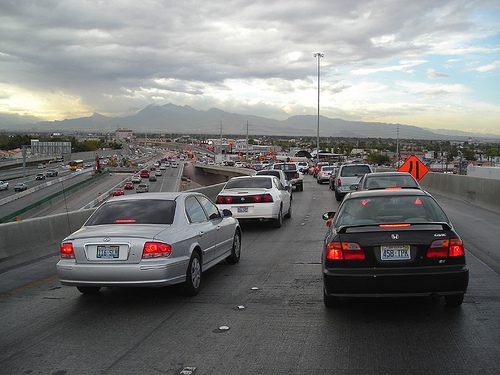Enraged at the spill in the Gulf and the American appetite for oil that ultimately caused it? Stop land development on farmland, forests and other fringe locations and direct future development to close-in opportunities. A massive new study, years in the making, makes it crystal-clear that it can make a big difference.
In particular, transportation uber-researchers Reid Ewing (University of Utah) and Robert Cervero (UC-Berkeley) have published a painstaking “meta-analysis” of nearly 50 published studies on the subject of land use and travel behavior. Writing in the Journal of the American Planning Association, the two return to a subject to which they have dedicated most of their careers, in this case updating their previous meta-analysis from 2001.
What they found: location matters most when it comes to land use, driving and the environment.
The study’s key conclusion is that destination accessibility is by far the most important land use factor in determining a household or person’s amount of driving. To explain, ‘destination accessibility’ is a technical term that describes a given location’s distance from common trip destinations (and origins). It almost always favors central locations within a region; the closer a house, neighborhood or office is to downtown, the better its accessibility and the lower its rate of driving. The authors found that such locations can be almost as significant in reducing driving rates as other significant factors (e.g., neighborhood density, mixed land use, street design) combined.
The clear implication is that, to enable lifestyles with reduced driving, oil consumption and associated emissions, we should stress opportunities for revitalization and redevelopment in centrally located neighborhoods. As Ewing and Cervero put it: Almost any development in a central location is likely to generate less automobile travel than the best-designed, compact, mixed-use development in a remote location.
After location, the next most important factor in reducing driving is a well-connected street network. For more about the study, go here.
(Photo by roadsidepictures, creative commons.)





Comments